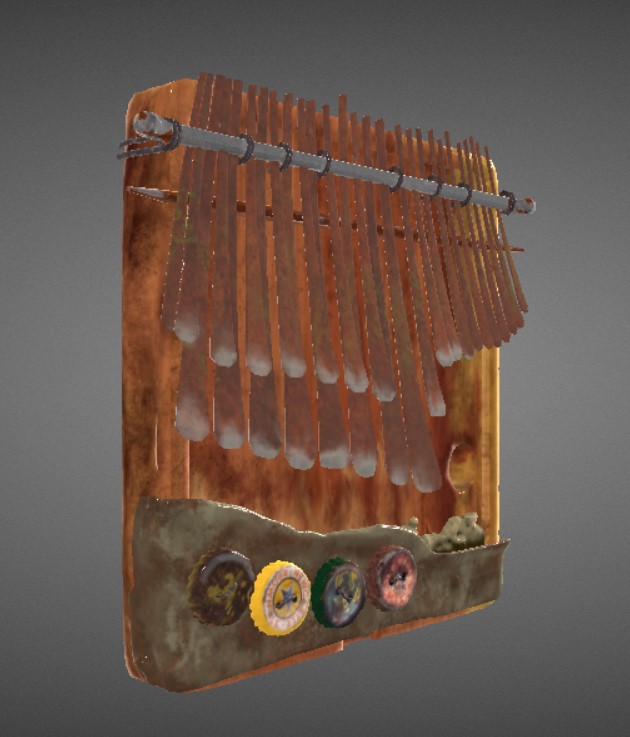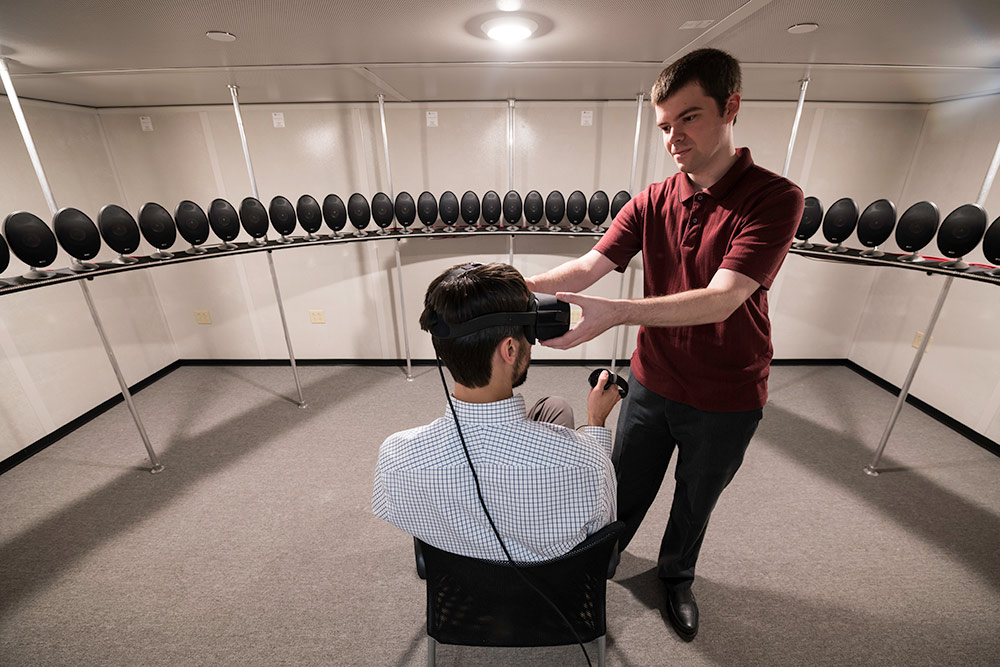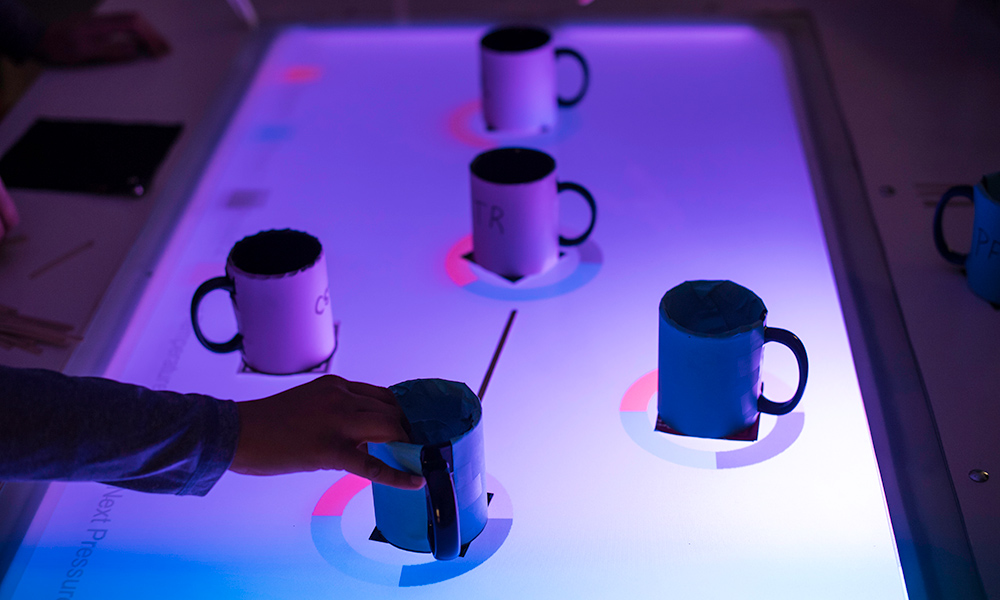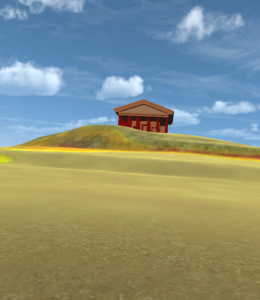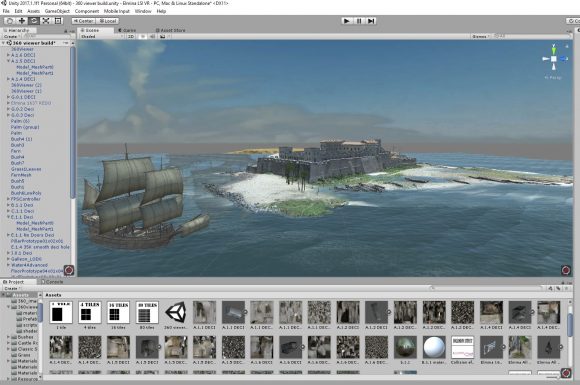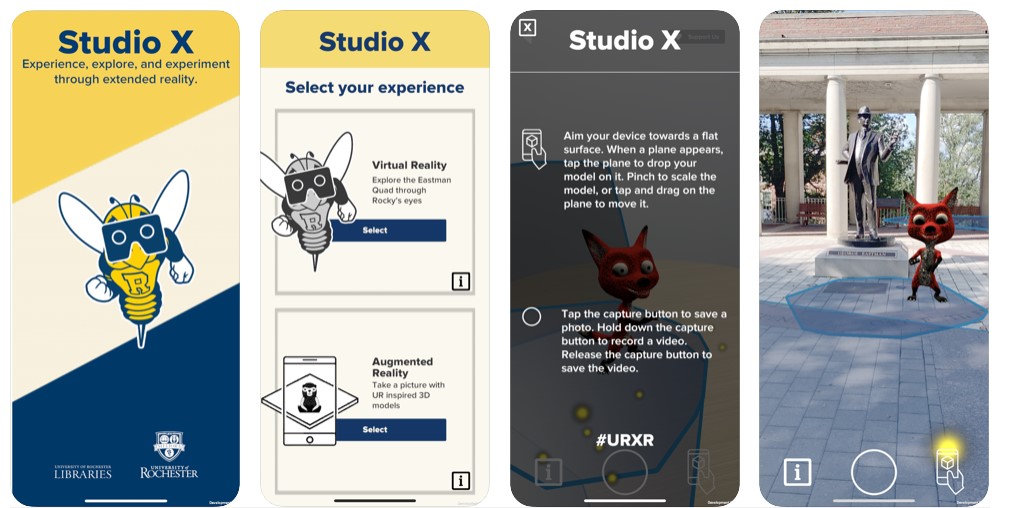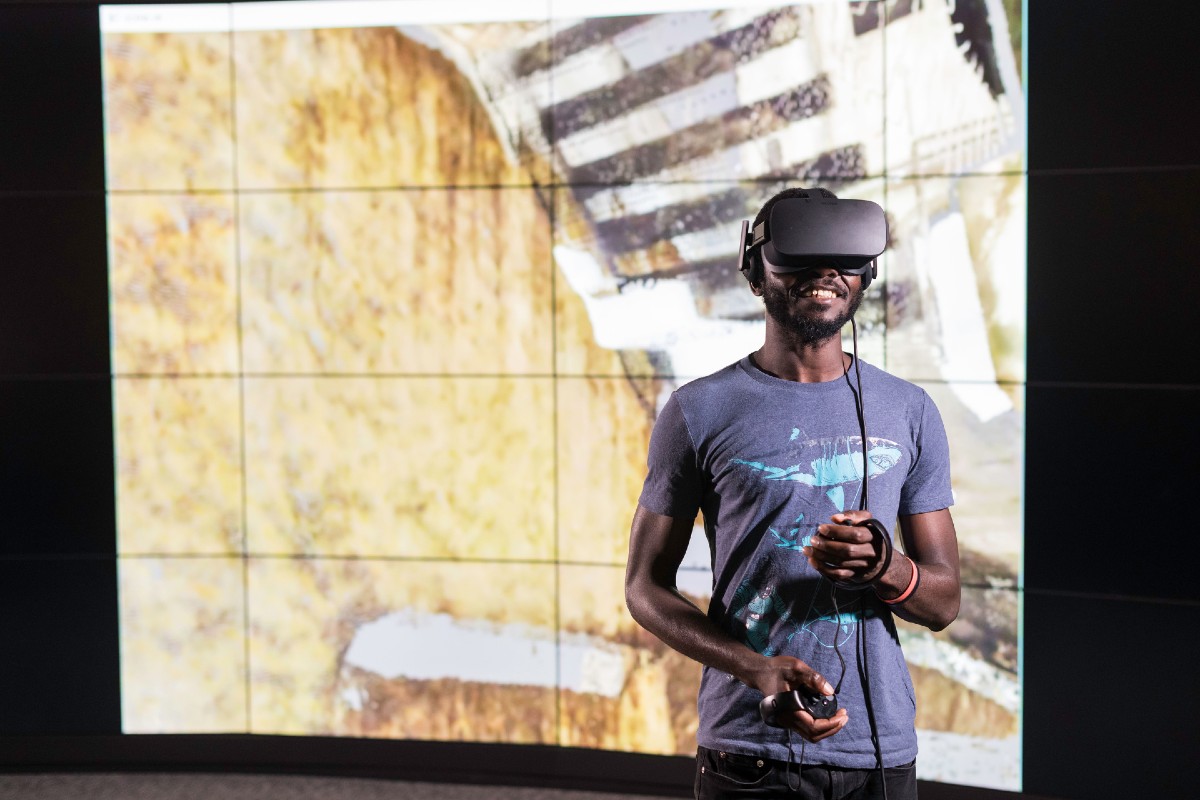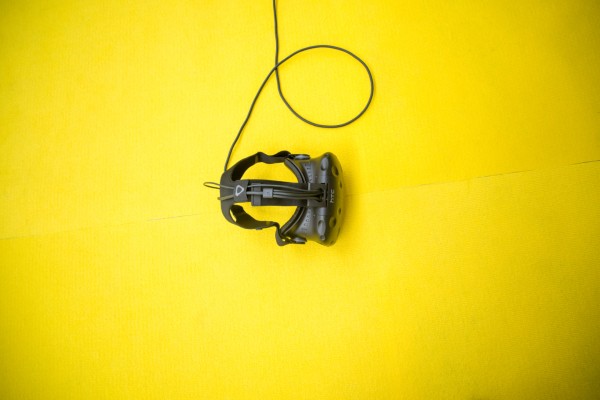Goliath: Playing with Reality
Subject: Schizophrenia
Link: https://www.oculus.com/experiences/quest/3432432656819712
Through mind-bending animation, award-winning GOLIATH: PLAYING WITH REALITY explores the limits of reality and a true story of so-called ‘schizophrenia’ and the power of gaming communities. Echo (narrated by Tilda Swinton) guides you through the many realities of Goliath, a man who spent years isolated in psychiatric institutions but finds connection in multiplayer games. Combining heartfelt dialogue, mesmerizing visuals and symbolic interactions, weave through multiple worlds to uncover Goliath’s poignant story.
Notes on Blindness
Subject: Loss of Sight/Blindness
Link: https://www.oculus.com/experiences/quest/1946326588770583
In 1983, after decades of steady deterioration, John Hull became totally blind. To help him make sense of the upheaval in his life, he began documenting his experiences on audio cassettes. These original diary recordings create the basis of this interactive non-fictional narrative which is a cognitive and emotional experience of blindness. Storytelling, art direction and graphical universe form a unique and singular immersion, completed by movement tracking, spacialized sound and controller interactions.
InMind VR
Subject: Exploring the Brain/Root of Mental Disorders
Link: https://luden.io/inmind/ (Note: Not on Quest 2, on SteamVR and Rift/RiftS)
This first demo allows the player to experience the journey into the patient’s brains in search of the neurons that cause mental disorder. Submerge into the microworld and experience the miracles of the human mind. The future is nigh. The humanity is standing upon the brink of a new era where modern healthcare makes tremendous scientific advancements. With the help of nanotechnologies a surgical prototype bathyscaphe allows its operator to shrink to a microlevel and travel inside the patient’s body.
The Party
Subject: Autism
Link: You can watch the film as a YouTube 360 video. If you want to watch it as a VR experience, download the Guardian’s new VR app from the Apple App Store or the Google Play Store and watch it using Google Cardboard or Daydream.
The Party allows you to enter the world of an autistic teenager, Layla, who is at a surprise birthday celebration. You will hear her thoughts about what she is experiencing and how it is affecting her, and share the sensory overload that leads to a meltdown (an intense response to an overwhelming situation). The drama provides viewers with a powerful first-person perspective on the challenges that social situations may present to someone on the autism spectrum.


